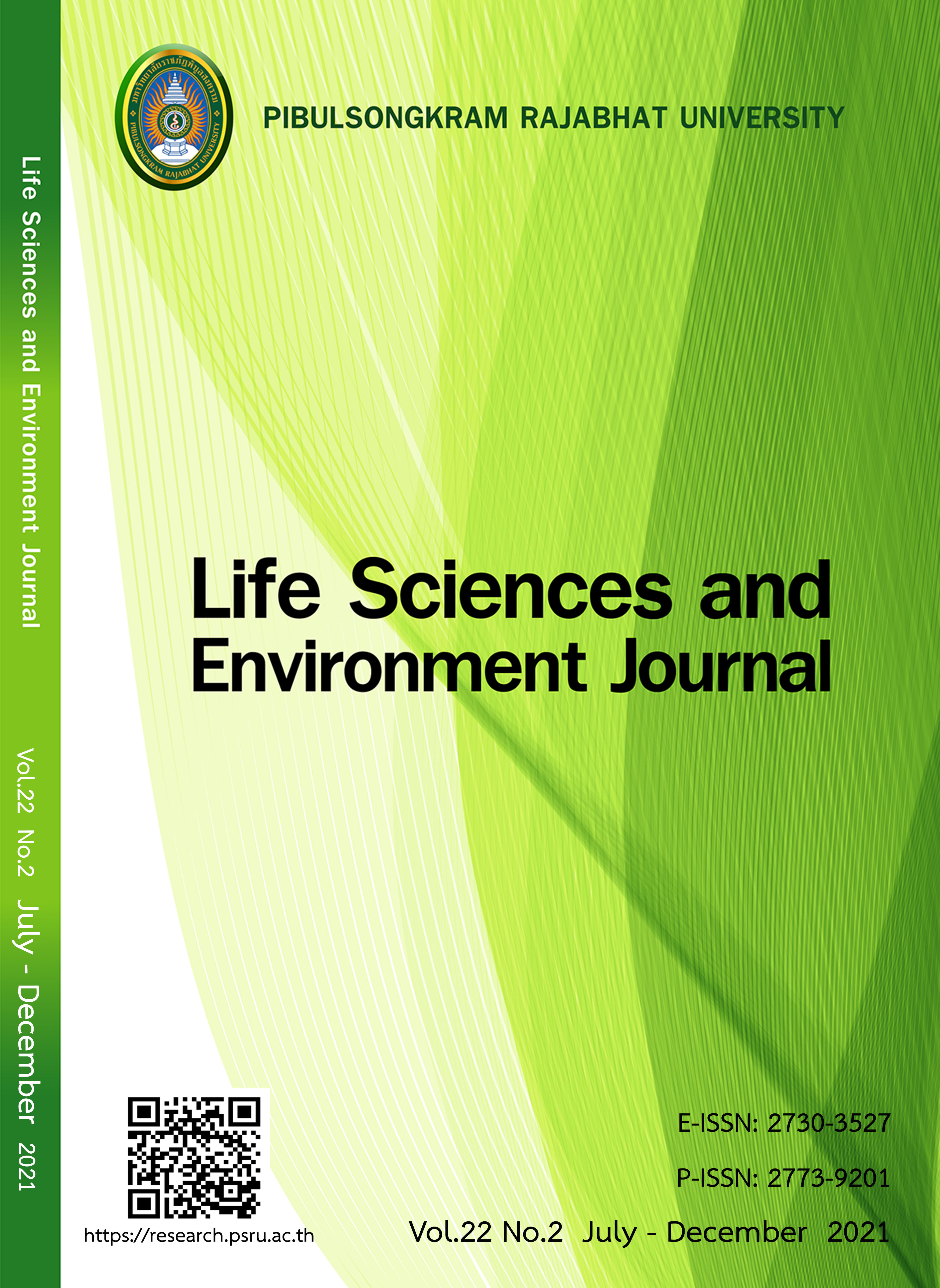DESIGN AND BUILD THE ANGLE METER FOR THE BED OF TRAUMATIC BRAIN INJURY PATIENTS TO PREVENT INCREASED INTRACRANIAL PRESSURE
DOI:
https://doi.org/10.14456/lsej.2021.10Keywords:
Angle meter, Bed of traumatic brain injury patientsAbstract
This research aimed to design and build the angle meter for the bed of traumatic brain injury patients to prevent increased intracranial pressure. The objective is to facilitate the nurses to adjust the bed head angle to 30 degrees, according to the medical guideline for preventing increased intracranial pressure. The angle meter consists of 2 main parts: the angle measuring device and the angle reading device. The first part is attached to the head of the bed to measure angles. The second part is divided into 2 units depending on the connection types, connected by wiring system and by smartphone with the application installed and Bluetooth enabled. Therefore, users can choose to use the angle meter in 2 ways. The research method was divided into 2 steps. The first step was to test the performance of the angle meter, which consists of the Bluetooth signal strength test at a distance of 3 meters. Accuracy percentage test with calibration was conducted by calibrating meter from a calibration laboratory according to ISO 17025. Precision test was performed by repeating measurements at a 30-degree angle for 5 times The second step was a survey of the satisfaction of 10 nurses after using an angle meter. It was found that the angle meter has a Bluetooth signal strength of more than -86 dBm. It has a 100% accuracy percentage and the precision of 1. In addition, the nurses had the highest level of satisfaction at the average score of 4.615 after using the angle meter.
References
Chunbang S, Wongvatunyu S, Aree-Ue S. Selected factors related to nursing practice for preventing increased intracranial pressure in patients with brain surgery. Ramathibodi Nursing Journal 2013; 19(2):264-276.
Dadafshar M. Accelerometer and gyroscopes sensors: operation, sensing and application. Maximintegrated. 2014. Available at: https://www.maximintegrated.com/en/design/technical-documents/app-notes /5/5830.html. Accessed June 5, 2020.
Debra. Gyroscopes and accelerometers on a chip. 2013. Available at: https://www.geekmomprojects.com/ gyroscopes-and-accelerometers-on-a-chip. Accessed June 5, 2020.
Khiewchaum R, Wattana C. Holistic nursing for traumatic brain injury patient. Journal of Phrapokklao Nursing College 2017;28(1):129-139.
Konmun S, Sriratanaporn S, Kitti-udom S, Muengtaweepongsa S. Targeted temperature management in critical care neurology. Journal of Thai Stroke Society 2017;16(3):27-48.
Manager Online. Dangerous use of mobile phones in hospitals, sending tumultuous signals to life-saving devices. 2007. Available at: https://m.mgronline.com/around/detail/9500000106738. Accessed June 5, 2020.
Morris AS, Langari R. Measurement and instrumentation. 3rd Ed. Massachusetts, US: Academic Press;2020.
Oribhabor C, Anyanwu C. Research sampling and sample size determination: a practical application. Federal University Dutsin-Ma Journal of Educational Research 2019;2(1):47-56.
Ponglaohapun U, Wongwatunyu S, Khuwatsamrit K. Nursing activities and factors related to increased intracranial pressure in head injured patients. Ramathibodi Nursing Journal 2009;15(2):221-232.
Ragland J, Lee K. Critical care management and monitoring of intracranial pressure. Journal of Neurocritical Care 2016;9(2):105-112.
Silpcharu T. Research and statistical analysis with SPSS. 17th Ed. Bangkok: Business R&D; 2017.
Srisumoungklounggoon T, Janthong M. Model and control of self-balancing mobile robot on a ball. RSU Research Conference 2012. Pathum thani; Rangsit University; 2012.
Suwatcharangkoon S. Management of acute stroke patients with increased intracranial pressure. Journal of Thai Stroke Society 2015;14(2):94-101.
Downloads
Published
How to Cite
Issue
Section
License
Each article is copyrighted © by its author(s) and is published under license from the author(s).










